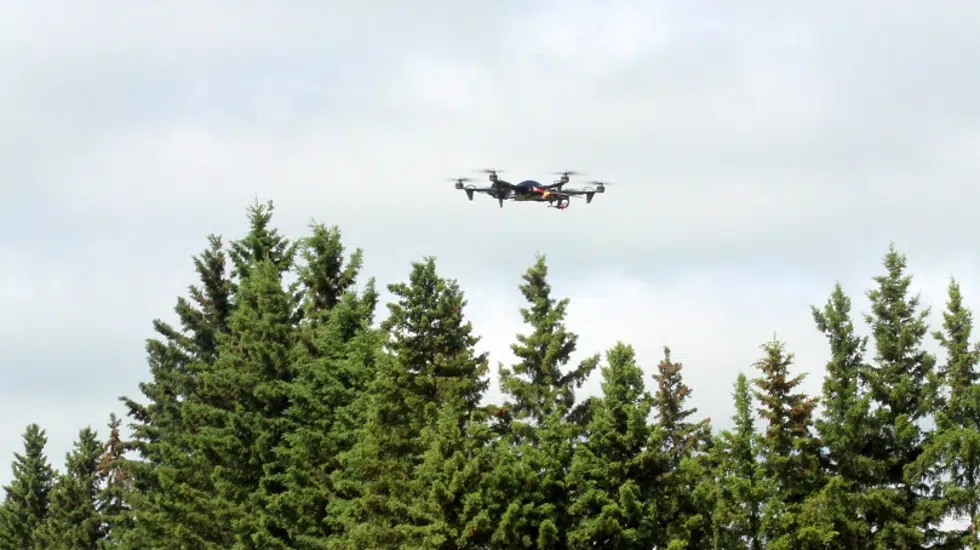
New rules for flying drones
New federal regulations are keeping drone operators on their toes.
As of June 22, Transport Canada is advising commercial and recreational drone operators to avoid flying in and around airports and aerodromes, busy areas, national parks and over the Canadian border. It’s also illegal to fly a drone closer than nine kilometres from any aerodrome unless the operator has permission from Transport Canada.
Prince Albert falls into this prohibited aerospace so drones of certain sizes are not allowed to fly within city limits.
These new rules follows others announced in March but are considered to be less severe for operators.


